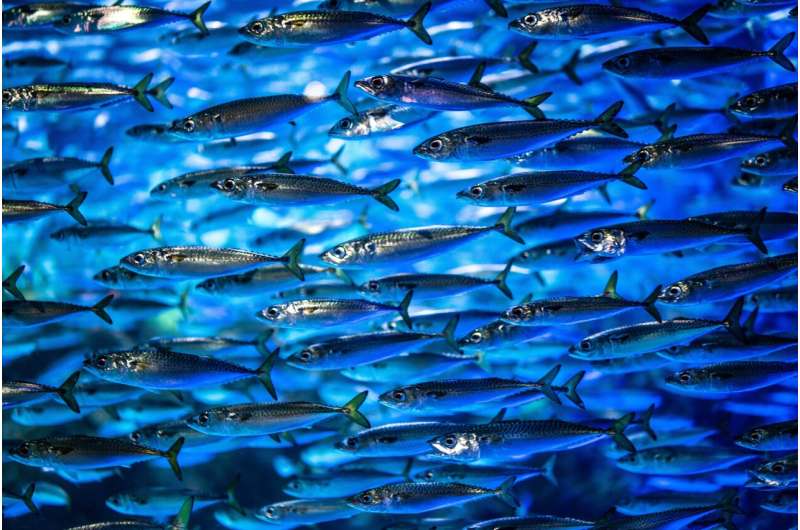Submerging aquaculture cages could be the answer for fish farming

The use of submerged cages may be the answer the aquaculture industry is looking for, a new Griffith University-led review has found.
Published in Reviews in Aquaculture, the worldwide review of submerged fish farming, conducted in collaboration with the Institute of Marine Research and the University of Melbourne, analyzed the potential production benefits and challenges of using submerged cages for some fish species.
"Surface-based cages are the dominant production technology for marine finfish aquaculture, a rapidly growing industry feeding millions each year and contributing billions to economies," said lead researcher Dr. Michael Sievers, from the Australian Rivers Institute.
"However, surface pens are prone to net deformations and cage breakdowns from storms and extreme weather, they can have outbreaks of parasites and diseases, and suffer from poor environmental conditions such as high temperatures and low oxygen levels."
Research and innovation in submerged cage technology over the past few decades suggest that sinking the cages, often at 10m depth, offers a promising alternative that may reduce many of these problems.
"For instance, salmon lice that wreak havoc in many salmon-producing countries are abundant in surface waters, so submersing cages reduces the prevalence of these parasites on fish," Dr. Sievers said.
"Submerging cages also unlocks new production areas where surface-based cages are inappropriate due to surface wind and waves, or space conflicts with other coastal users."
While submerged fish farming holds promise for reducing several issues that plague surface-based aquaculture, placing cages below the surface creates its own problems.
As Dr. Sievers states, their critical evaluation of research into submerged aquaculture shows that not all fish species are equally suited to farming in cages below the water surface.
"Our findings suggest that while fish with closed swim bladders (or none at all) may be well-suited to submerged fish farming, for those like salmon with open swim bladders, it's more complex as they need surface air to refill their bladders and maintain buoyancy.
"Without access to surface air for long periods, the health and growth of open swim bladder fish can be compromised, but new technological advances such as underwater air-domes in submerged cages can overcome this challenge.
"If submerged fish farming is to be a viable alternative to surface cages, we need to gain a greater understanding of how to use the advantageous environmental conditions below the surface to improve fish growth and welfare over the commercial production cycle. Our research is a step in this direction."
More information: Michael Sievers et al, Submerged cage aquaculture of marine fish: A review of the biological challenges and opportunities, Reviews in Aquaculture (2021). DOI: 10.1111/raq.12587
Provided by Griffith University




















